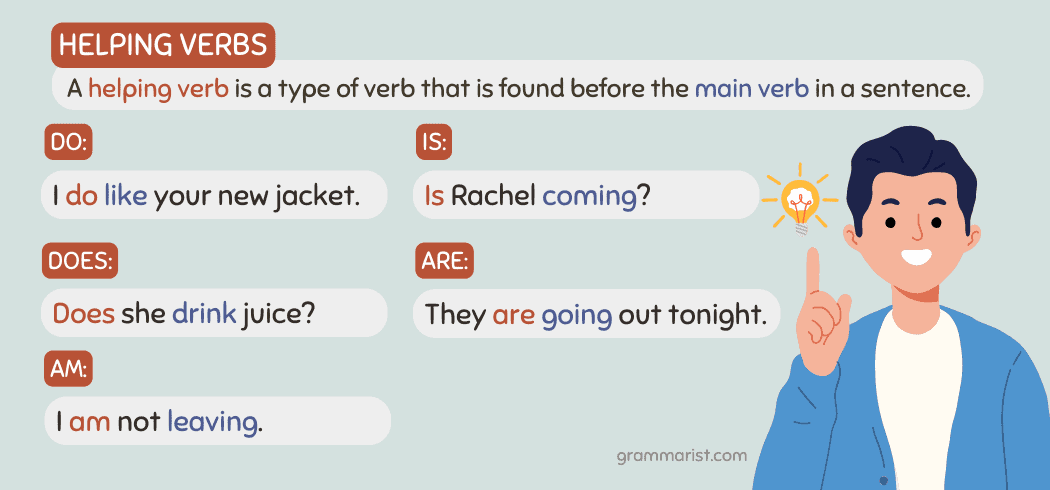DIY Solutions for Reducing Glare on Your Glasses at Home: Practical Methods and Expert Guidance
Introduction: The Need for Anti-Glare on Glasses
Glare on glasses is a common annoyance that can impact daily comfort, eye health, and even safety, particularly when driving at night or using digital devices for extended periods. Many people wonder if there are effective ways to make their glasses anti-glare at home without the need for expensive new eyewear. This article explores practical, implementable solutions, their effectiveness, and step-by-step guidance for each method. We also outline the limitations and alternatives that may be available for those seeking a professional-grade result.
Understanding Anti-Glare (Anti-Reflective) Coatings
Anti-glare, also known as anti-reflective (AR) coatings, are thin layers applied to the surface of lenses to minimize reflections and increase light transmission. This enhances visual clarity and reduces eye strain. These coatings are typically applied during the lens manufacturing process using sophisticated vacuum deposition techniques. High-quality AR coatings can eliminate up to 99.5% of reflections, improving both the aesthetics and functionality of your glasses [1] .
Can You Apply Anti-Glare Coating at Home?
It is important to note that true anti-reflective coatings, as used in optical labs, cannot be replicated at home with the same durability and effectiveness. The industrial process involves precise equipment and controlled environments. However, there are several at-home methods that can reduce glare to some extent, though they may not match professional results. Below, we cover the most practical and accessible options.
1. Anti-Reflective Spray Solutions
Anti-reflective sprays are commercially available products designed to reduce surface reflections on glass, plastic, or acrylic. These sprays deposit a fine layer of anti-glare material that can help minimize unwanted reflections. To use an anti-reflective spray at home:
- Purchase a high-quality anti-reflective spray from a reputable retailer. Look for products that specifically mention suitability for eyewear or optical surfaces.
- Clean your lenses thoroughly with a lens-safe solution and a microfiber cloth to remove any debris or oils.
- Apply the spray in a well-ventilated area, following the manufacturer’s instructions for distance and coating thickness.
- Allow the spray to dry completely before using your glasses.
While anti-glare sprays can provide a temporary reduction in reflections, their durability and optical clarity are often inferior to professional coatings. The effect may wear off with regular cleaning or exposure to moisture, requiring reapplication [2] . Real-world experiences suggest mixed results, so it’s best to consider this a short-term or experimental solution.

Source: sukawasainajang.blogspot.com
2. Anti-Glare Film Overlays
Another accessible method involves using self-adhesive anti-glare films. These thin, transparent sheets are designed to adhere to flat surfaces and can be trimmed to fit lenses. While more commonly used on screens and windows, small pieces can be carefully applied to glasses:

Source: storage.googleapis.com
- Purchase anti-reflective or anti-glare film from a reputable supplier.
- Cut the film to match the shape of your lenses as closely as possible.
- Clean your lenses thoroughly before application.
- Peel off the backing and carefully adhere the film to each lens, smoothing out air bubbles with a soft cloth.
While this method can reduce glare, it may affect visual clarity and is not recommended for prescription lenses unless specified as safe for optical use. The film may also peel or detach with regular cleaning or moisture exposure [2] .
3. Professional Anti-Reflective Coating Services
For the most effective, long-lasting anti-glare protection, consider having your glasses professionally coated. Many optical stores offer anti-reflective coating as an add-on when purchasing new lenses, with some able to re-coat existing glasses depending on their condition and material. Costs can vary, but standard anti-glare coatings are typically available for an additional fee per pair of lenses [1] .
If you are interested in this option, you should contact local opticians or eyewear providers and ask about their anti-reflective coating services. Some online retailers also offer mail-in services where you send in your frames for professional recoating. Search for reputable providers using terms like “eyeglass anti-reflective coating service” and verify customer reviews before selecting a provider.
Common Myths: DIY Household Solutions
There are numerous online claims suggesting that household items such as vinegar, toothpaste, or wax can be used to create an anti-glare effect on glasses. However, there is no scientific evidence to support these methods, and they may damage your lenses or existing coatings. Avoid using abrasive materials or chemicals not explicitly designed for eyewear, as these can scratch or cloud your lenses permanently [3] .
What to Do If Your Anti-Glare Coating Is Failing
If your glasses already have an anti-glare coating that is peeling, scratched, or cloudy, you may be able to remove it entirely to restore some clarity. One proven method involves soaking the lenses in isopropyl alcohol and gently scraping off the damaged coating with a plastic scraper or your fingernail. This process should be done with care and only if you are prepared to use the lenses without any anti-glare protection afterward. For detailed visual guidance, search for demonstration videos from reputable eyewear professionals [4] .
Challenges and Limitations of At-Home Solutions
While at-home anti-glare methods offer an accessible way to reduce reflections, there are notable limitations:
- Temporary Effect: Most sprays and films provide only short-term results and require repeated application.
- Optical Clarity: DIY solutions may slightly distort vision or add haze, especially with improper application.
- Lens Compatibility: Not all lenses are compatible with aftermarket sprays or films, particularly those with existing coatings or prescriptions.
- Risk of Damage: Household chemicals or abrasive cleaning can irreversibly damage lenses.
For critical eyewear needs-such as prescription glasses or driving lenses-professional solutions remain the gold standard.
Alternative Approaches for Reducing Glare at Home
In addition to surface treatments, you can reduce glare in your environment by adjusting lighting, using matte screens, or wearing a brimmed hat outdoors. For screens and devices, consider anti-glare screen protectors specifically designed for digital displays. If you work extensively with computers or under bright lights, optimizing your workspace can help minimize glare-related discomfort.
Key Takeaways and Next Steps
Making your glasses anti-glare at home is possible to a limited extent using anti-reflective sprays or films, but these methods are generally less effective and less durable than professional coatings. For lasting clarity and protection, consult with a licensed optician about available services for your eyewear. If you wish to experiment with at-home solutions, proceed with caution and follow all product instructions carefully. For the most reliable, long-term results, professional anti-reflective coatings remain the best investment for your vision and comfort.
References
- [1] ReplaceALens (n.d.). Eyeglass Lens Coatings – Anti Glare.
- [2] WeeTect (n.d.). Anti-reflective Coating: Guide to Solve Glare Problem on your Product.
- [3] SmartBuyGlasses (2025). How Can I Make My Glasses Anti-Reflective?
- [4] YouTube (2023). REMOVING “anti-glare” coating from glasses (isopropyl alcohol).



